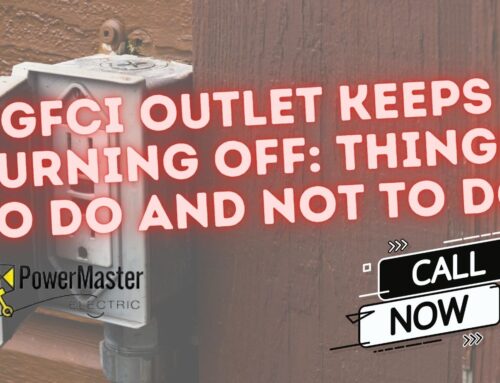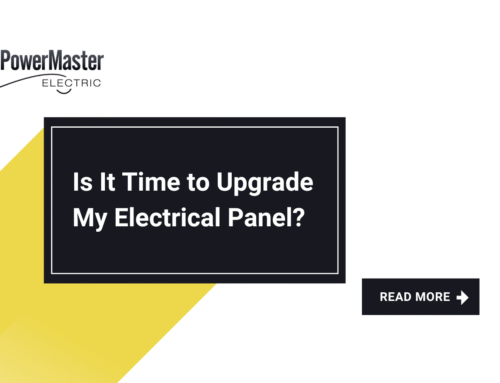Electrical surges can occur at any time and can be caused by a variety of factors, including lightning strikes, power outages, and faulty wiring. These surges can cause damage to your electronics, appliances, and even your home’s electrical system. That’s why surge protectors are so important. In this article, we’ll discuss the importance of surge protectors and how they can protect your home from electrical surges.
What is a Surge Protector?
A surge protector is a device that protects your electronics and appliances from electrical surges. It works by diverting excess voltage away from your devices and into the ground. Surge protectors come in a variety of types and sizes, from small power strips to whole-house surge protectors.
How Do Electrical Surges Happen?
Electrical surges can happen for a variety of reasons. Some common causes include:
- Lightning strikes: Lightning can strike power lines, causing a surge to travel through the electrical grid.
- Power outages: When power is restored after an outage, a surge of electricity can occur.
- Faulty wiring: Old or damaged wiring can cause electrical surges.
- High-power electrical devices: Large appliances like refrigerators or air conditioners can cause power surges when they turn on and off.
What Damage Can Electrical Surges Cause?
Electrical surges can cause damage to your electronics and appliances, and in some cases, they can even cause fires. Some signs that you may have experienced an electrical surge include:
- Flickering lights
- Burnt-out electronics or appliances
- Cracked or melted outlets
- Tripped circuit breakers
Types of Surge Protectors
There are two main types of surge protectors: point-of-use surge protectors and whole-house surge protectors.
Point-of-Use Surge Protectors
Point-of-use surge protectors are small devices that plug into your outlets and protect individual devices or appliances. These are the most common type of surge protectors and can be found at most hardware stores.
Whole-House Surge Protectors
Whole-house surge protectors are installed at your home’s electrical panel and protect your entire home from surges. These devices are more expensive than point-of-use surge protectors, but they provide more comprehensive protection.
The Benefits of Surge Protectors
Investing in surge protectors for your home can provide a number of benefits, including:
- Protecting your electronics and appliances from damage
- Reducing the risk of fires caused by electrical surges
- Saving you money by extending the lifespan of your electronics and appliances
- Increasing the value of your home
How to Choose a Surge Protector
When choosing a surge protector, it’s important to consider your needs and budget. Here are some factors to keep in mind:
- Type of surge protector: Consider whether you need a point-of-use or whole-house surge protector.
- Joule rating: This measures the amount of energy a surge protector can handle before it fails. Look for a surge protector with a joule rating of at least 1,000.
- Clamping voltage: This measures the voltage at which a surge protector will start to divert excess voltage away from your devices. Look for a surge protector with a clamping voltage of 400 volts or less.
- Number of outlets: Make sure the surge protector has enough outlets for your needs.
- Warranty: Look for a surge protector with a warranty of at least two years.
Conclusion
Investing in surge protectors for your home is an important step in protecting your electronics, appliances, and home’s electrical system from damage caused by electrical surges.Whether you opt for a point-of-use surge protector or a whole-house surge protector, remember to regularly inspect and replace your surge protectors when necessary to maintain optimal protection. With the proper use of surge protectors, you can enjoy peace of mind knowing that your home is protected from the damaging effects of electrical surges.




